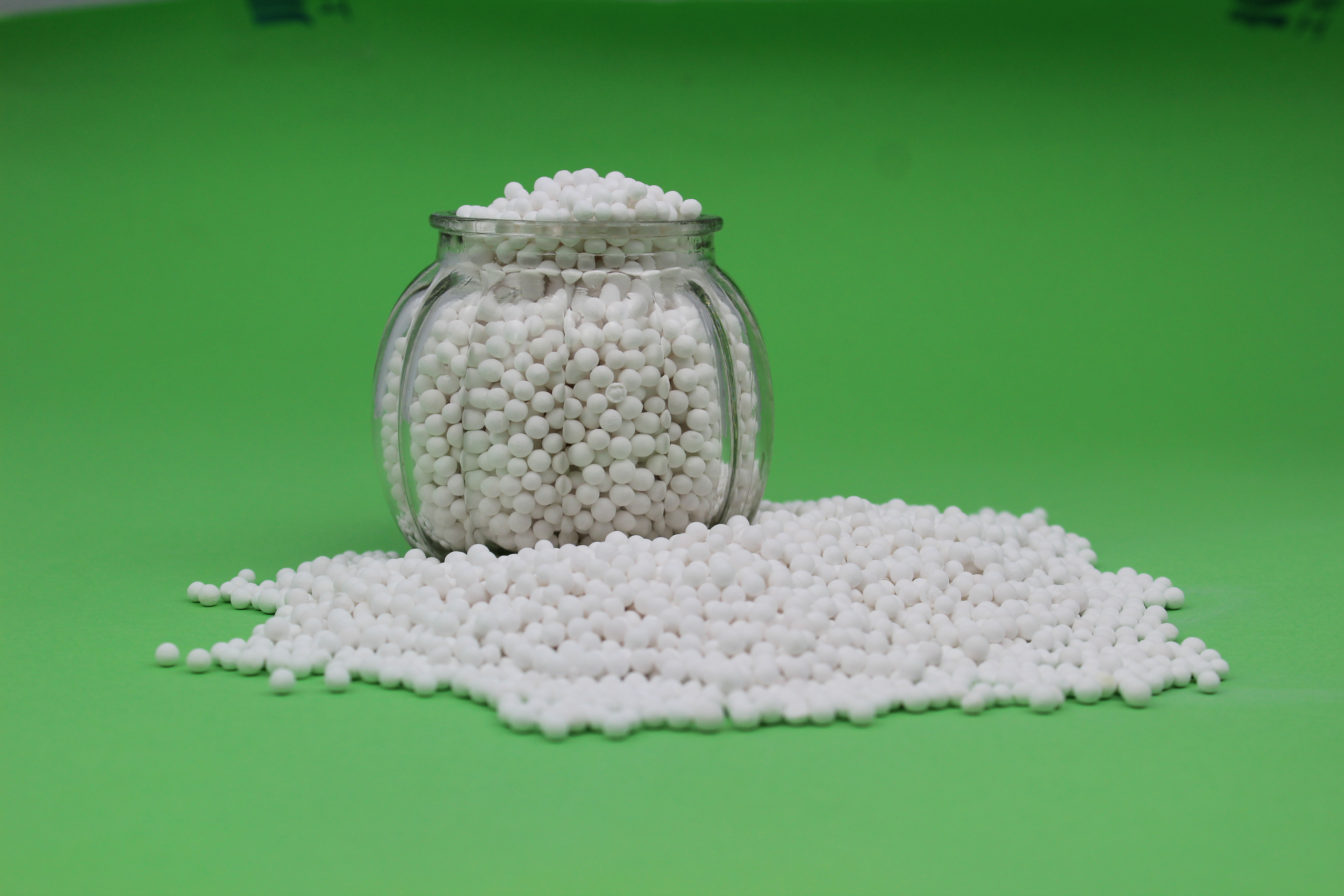Activated alumina is a vital catalytic material widely used in industrial catalysis. Its surface features distinct acidic properties, including Brønsted and Lewis acid sites. The quantity and strength of these acid sites increase with the degree of dehydration and are significantly influenced by temperature. Studies have shown that defect structures on the alumina surface—especially triplet vacancy sites—play a key role in its catalytic activity. Corresponding surface structure models continue to evolve, aiming to more accurately interpret its catalytic behavior.
In industrial applications, activated alumina exhibits excellent catalytic performance. In ethanol dehydration reactions, it can selectively catalyze the formation of either ethylene or diethyl ether, with product distribution governed by reaction temperature and surface acidity. In the Claus process for desulfurization, activated alumina has become the preferred catalyst to replace bauxite due to its high catalytic activity, extended service life, and outstanding thermal and chemical stability. Although it faces deactivation challenges such as sulfation, thermal aging, and poisoning, its catalytic activity can be restored through regeneration methods like desulfurization and carbon burning.
As a catalyst support, activated alumina not only contributes its own catalytic activity but also serves as an inert matrix for dispersing active components. The main preparation methods include impregnation and co-precipitation, and critical performance indicators include specific surface area, pore structure, mechanical strength, and thermal stability. These parameters directly impact the catalyst’s activity, selectivity, and service life. Different industrial processes impose specific requirements on the support: for instance, butane dehydrogenation demands supports with high thermal stability; hydrodesulfurization requires optimized pore structures to mitigate poisoning; and automotive exhaust treatment demands supports with both robust mechanical and thermal properties. As catalytic mechanism research advances, the development of supports with tailored pore size distributions has become a key focus in current catalyst design.
JOOZEO is dedicated to the research, development, and production of high-quality adsorbents, desiccants, and catalyst products. Our offerings are certified under multiple quality management systems including ISO and TUV, and our products and technologies are widely applied across air drying, air separation, air purification, adhesives, coatings, and other sectors. We are committed to providing partners with premium products and customized services.
Post time: Apr-09-2025


